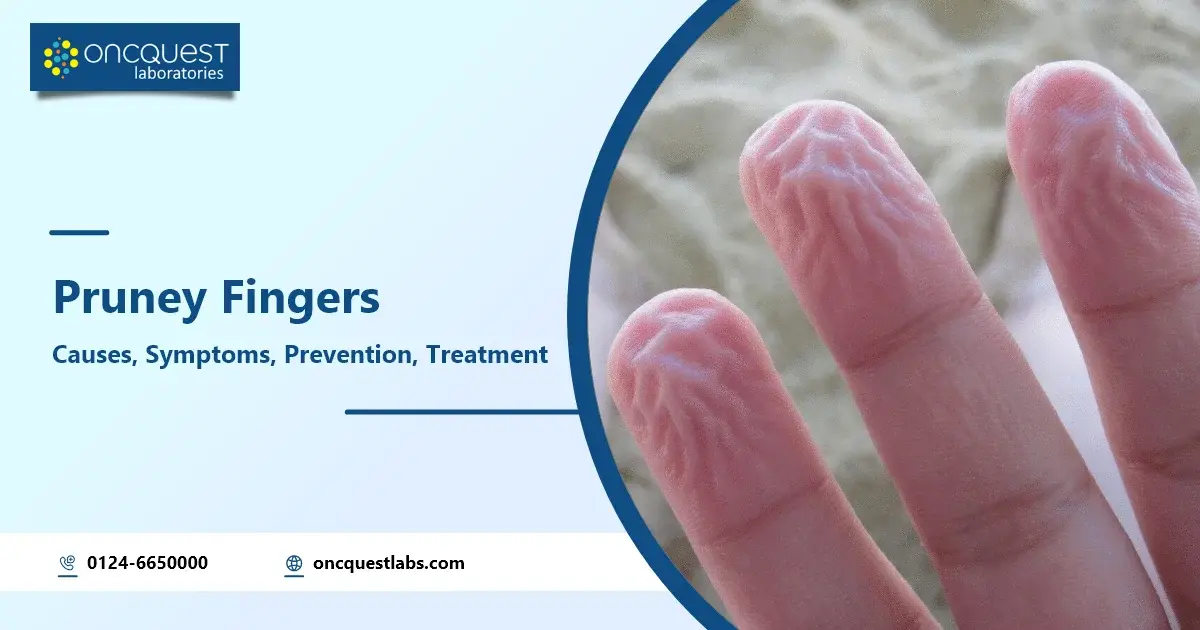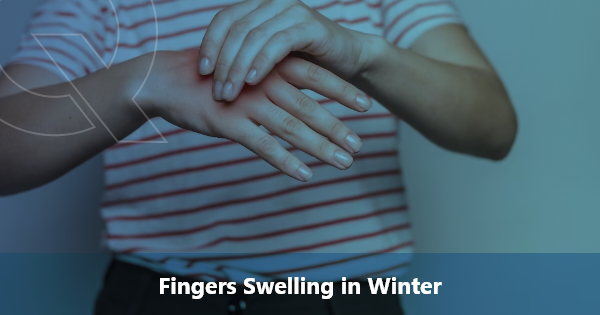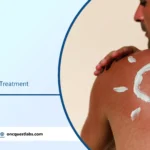We’ve all experienced it – those wrinkled fingers or pruney fingers and toes after spending too much time in the bath or pool. But have you ever wondered why this happens? Pruney fingers might seem like a minor inconvenience, but they are actually a fascinating physiological response of our skin to prolonged exposure to water. In this blog, we’ll delve into the science behind pruney fingers and explore why our skin behaves this way.
Contents
The Biology of Pruney Fingers
Pruney fingers are often associated with water, and it’s no coincidence. When our fingers and toes are submerged in water for an extended period, our skin undergoes a unique transformation. This transformation is largely controlled by the autonomic nervous system, which is responsible for regulating various bodily functions without conscious control.
The Stratum Corneum
To understand pruney fingers, we need to explore the outermost layer of our skin called the stratum corneum. The stratum corneum is composed of dead skin cells held together by lipids. Its primary function is to act as a barrier, preventing excessive water loss and protecting the underlying skin layers. However, when we spend time in water, the stratum corneum is exposed to excess moisture.
The Process of Wrinkling
As the stratum corneum absorbs water, it begins to swell. This expansion disrupts the structural arrangement of the skin cells and lipids, leading to wrinkles. Additionally, the autonomic nervous system plays a role in constricting the blood vessels in the fingers and toes, reducing the blood flow to these areas. This vasoconstriction is thought to be part of an evolutionary response to help improve grip in wet conditions, much like the treads on a tire.
Causes of Fingers Wrinkle
The exact reason for our fingers and toes wrinkling in water is still a subject of scientific debate, but several theories exist:
1. Improved Grip: Some researchers suggest that wrinkled fingers and toes might enhance our grip on wet objects. The wrinkles act like treads on a tire, channeling water away from the skin and improving friction.
2. Water Resistance: Wrinkled skin might also serve as a protective mechanism, preventing our fingers and toes from becoming overly waterlogged, which could lead to tissue damage.
3. Thermoregulation: Another theory posits that the autonomic nervous system’s involvement in vasoconstriction helps regulate heat loss in water, making it an adaptation for survival in cold, wet environments.
Symptoms of Pruney fingers
Pruney fingers, also known as “water wrinkles” or “waterlogged skin,” occur when the outer layer of your skin absorbs water and swells. This often happens when your fingers or hands are submerged in water for an extended period. The main symptom is wrinkled or wrinkly skin, similar to the appearance of a prune. This temporary condition is usually harmless and goes away when your skin dries.
Prevention from Pruney fingers
To prevent pruney fingers when your hands are submerged in water for an extended period, you can:
1. Limit exposure: Try to minimize the time your hands spend in water.
2. Use gloves: When doing activities like washing dishes, wear waterproof gloves to keep your hands dry.
3. Use lotion: Applying a moisturizing lotion to your hands can create a barrier that helps prevent excessive water absorption.
4. Keep hands warm: Cold water can exacerbate wrinkling, so try to keep your hands warm when they are in contact with water.
5. Avoid prolonged baths: If you notice your fingers getting pruney in the bath, consider shorter bathing times.
6. Pat, don’t rub: After washing or swimming, gently pat your skin dry instead of rubbing it vigorously.
Remember that pruney fingers are usually harmless and a natural response of the skin to prolonged water exposure. They typically resolve on their own once your skin dries.
Treatment of Pruney fingers
There is usually no specific treatment required for pruney fingers because this condition is temporary and harmless. Pruney fingers occur when the skin absorbs water and swells temporarily. To resolve it, you can simply:
1. Allow your skin to air dry: In most cases, pruney fingers will return to normal as your skin dries out naturally.
2. Use a towel: Gently pat your skin with a clean, dry towel to speed up the drying process.
3. Apply moisturizer: Using a moisturizing lotion can help rehydrate your skin and make it feel more comfortable.
Pruney fingers should resolve on their own within a short period after you remove them from water. If they persist or if you have concerns about your skin, it’s a good idea to consult a healthcare professional for further evaluation.
Conclusion
Pruney fingers are a curious and complex phenomenon, showcasing the intricate interactions between our skin, the autonomic nervous system, and environmental factors like water. While the exact purpose of this response remains a topic of research and discussion, it’s a reminder of the incredible adaptability and versatility of the human body. So, the next time you notice your fingers and toes wrinkling in the bath, you can appreciate the beauty of this evolutionary quirk that has helped our ancestors in their aquatic adventures.
Frequently asked Questions
Q1: What do pruney fingers indicate?
A1: Pruney fingers indicate that your skin has undergone a physiological response to prolonged water exposure. When immersed in water, the outermost layer of your skin, the stratum corneum, absorbs water and swells, leading to the characteristic wrinkled appearance. The exact purpose of this response is not fully understood, but it may enhance grip on wet objects, help with water resistance, or play a role in thermoregulation. Ultimately, pruney fingers are a fascinating example of the body’s adaptability to changing environmental conditions.
Q2: Can neuropathy cause wrinkled fingers?
A2: Neuropathy itself typically does not cause wrinkled fingers. Wrinkled fingers are primarily a result of the skin’s response to water exposure. However, neuropathy can affect the nerves that regulate blood flow and sensation in the fingers, potentially altering the perception of pruney fingers or making it more challenging to recognize the sensation.
Q3: What is the fear of pruney fingers?
A3: The fear of pruney fingers is known as “Xenohidrophobia.” This uncommon phobia involves an irrational and intense fear of developing wrinkled or pruney skin, often leading individuals to avoid activities involving prolonged water exposure, like swimming or bathing.





